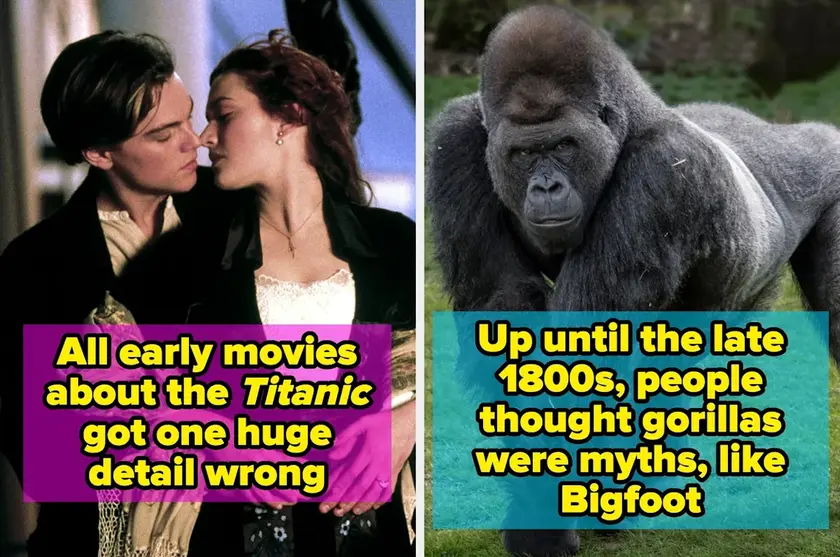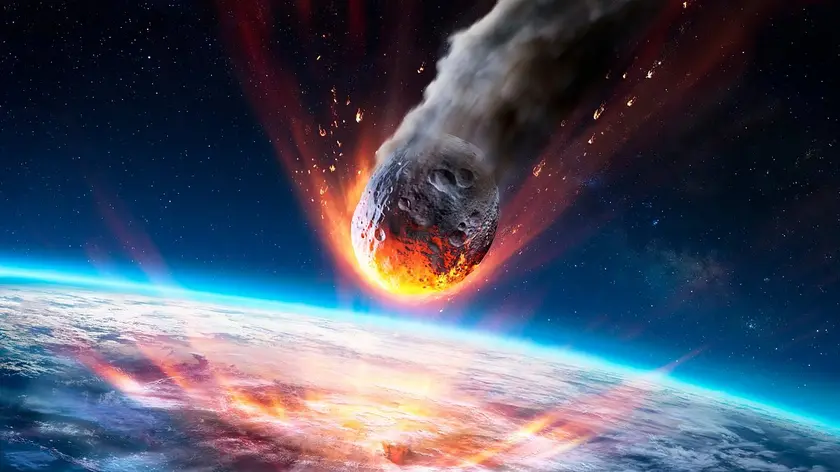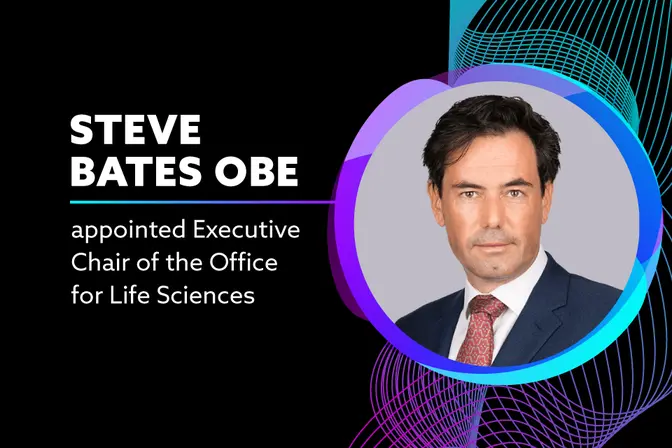T4K3.news
Myths Turned Into Science
A look at 12 moments when early beliefs shifted with new evidence

A look at 12 moments when early myths or theories were proven or expanded by new evidence, reshaping how we understand the world.
When Myths Became Science The Discoveries That Reshaped Our World
Across 12 moments, myths became evidence and changed the map of what we know. The 1980 Alvarez proposal that a massive asteroid ended the age of dinosaurs gained support with the discovery of the Chicxulub crater in Mexico, tying a theory to a physical scar on Earth. The Terracotta Army, found near Xi’an in 1974, revealed a hidden imperial army and a new window into ancient China. In 1803 the Normandy event at L’Aigle convinced scientists that rocks could fall from space, turning meteorites from curiosity into fact. The 1847 gorilla skull and the later 1902 confirmation redefined what we know about great apes, while digs at Herculaneum and Pompeii in the 1700s and 1730s linked modern archaeology to ancient cities buried by Vesuvius. The idea of a supercontinent called Pangea, proposed in 1912, found acceptance decades later as plate tectonics gained traction. The Tunguska explosion of 1908 remains a landmark case study in how unexplained events are investigated over time. The 1985 Titanic wreck confirmed eyewitness reports that the ship broke in two, changing popular depictions of the disaster. Viking presence in North America was established at L’Anse aux Meadows in the 1960s, long before many scholars believed it possible. Mount St. Helens’s 1980 eruption, once a distant warning, became a clear example of how research can anticipate a dramatic event. The discovery of giant pandas in 1869 and the 1936 panda cub’s arrival outside China drew lasting fascination and underscored how evidence travels across borders. The Planet Nine hypothesis, popularized in 2016, remains an open question, showing that science still tests bold ideas even in the face of uncertainty.
Key Takeaways
"Proof reshapes legends into maps of reality"
A concise line about how evidence redefines what we think we know
"Doubt is the engine of progress in science"
Editorial reflection on how questioning drives discovery
"Data arrive late to legends, then end the debate"
Comment on the timeline from myth to verified fact
"Discovery begins when doubt meets evidence"
Summarizes the core path from myth to fact
This is a record of how curiosity meets confirmation. It shows science as a patient practice that tests bold ideas against real data and material traces. Many moments began with skepticism, not certainty, and only later did new methods, better dating, or broader data networks turn suspicion into understanding. The pattern is not about triumph over myth alone; it is about how communities of researchers, museums, and even popular culture help sift fact from fancy. The lesson for today is simple: keep questions alive, but demand evidence that can withstand scrutiny. The future will likely produce more surprises that reframe what we take as fact.
Highlights
- Proof reshapes legends into maps of reality
- Doubt is the engine of progress in science
- Data arrive late to legends, then end the debate
- Discovery begins when doubt meets evidence
Knowledge grows when doubt meets evidence and time.
Enjoyed this? Let your friends know!
Related News

Expert debunks metabolism myths

Louisiana airburst fuels debate over lost civilization

Experts debunk common sex myths

Nutrition experts urge Israelis to rethink diets

Nutritionist reveals myths that harm healthy eating

Sea of Galilee red hue explained

Controversy sparks over Black Myth Wukong's diversity issues

New Executive Chair appointed for UK Office for Life Sciences
